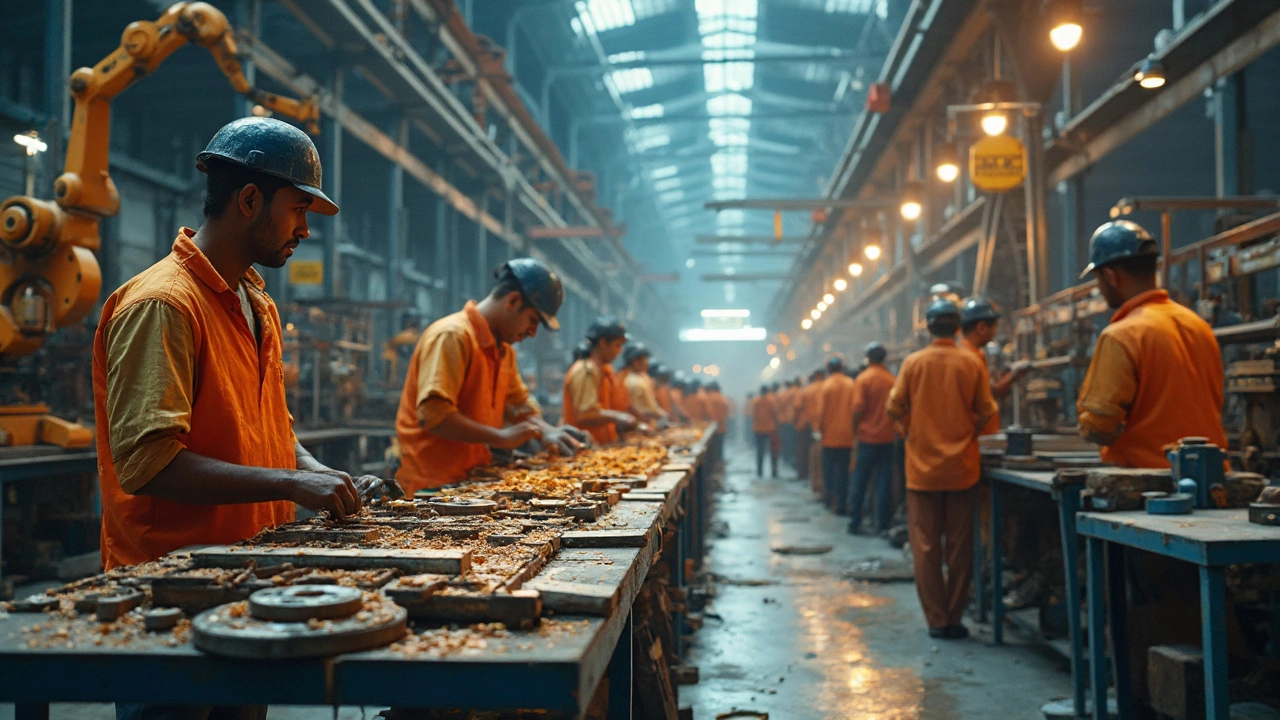Production Process – Types, Optimization & Key Strategies
When working with production process, the sequence of operations that turn raw inputs into finished goods. Also known as manufacturing workflow, it determines cost, speed, and quality for any product line. Mastering the production process is the first step toward building a competitive factory.
One of the biggest decisions you’ll face is choosing the right manufacturing methods, such as batch production, continuous flow, or job‑shop layouts. Each method shapes how materials move, how workers interact, and what equipment you need. For example, a batch approach works well for seasonal snacks, while continuous flow powers high‑volume electronics.
But a method alone won’t guarantee success. quality control, the systematic monitoring of product specifications throughout the line is essential. Real‑time inspections, statistical process control charts, and root‑cause analysis keep defects low and customer complaints away. In the pharma startup post, strict QC meant Sun Pharma stayed ahead of rivals.
Next comes process optimization. By mapping each step, identifying bottlenecks, and applying lean tools, you can cut waste and boost throughput. Automation, IoT sensors, and data analytics turn a static line into a self‑adjusting system that reacts to demand spikes. The “Top Product Ideas” article shows how prototyping fits into a streamlined workflow, cutting time from concept to market.
Why Lean Manufacturing Matters
Lean manufacturing, a philosophy that eliminates non‑value‑added activities and focuses on continuous improvement influences every part of the production process. It pushes teams to adopt 5S, kanban, and just‑in‑time inventory, which directly lowers holding costs. When you pair lean with robust quality control, defect rates drop dramatically, as seen in the food‑processing 5S case study.
Technology amplifies these gains. Smart factories use edge computing to predict equipment failures before they happen, freeing up maintenance crews for proactive work. In the semiconductor post, India’s emerging chip fabs rely on such predictive tools to stay competitive against global giants.
Cost considerations also shape the process. Choosing a low‑cost manufacturing location in the U.S. or India can shave dollars off each unit, but you must weigh logistics, labor skill levels, and regulatory overhead. The “Cheapest Places for Manufacturing in the US” piece breaks down those trade‑offs.
Looking ahead, sustainability will become a core part of the production process. Circular‑economy models, renewable energy integration, and waste‑to‑value initiatives are already reshaping how plants operate. The plastic‑waste ranking article highlights why manufacturers must rethink material choices to meet tighter environmental standards.
All these pieces—methods, quality, lean, tech, cost, and sustainability—interlock to form a resilient production process. Understanding each link helps you design a line that can adapt to market shifts, scale quickly, and stay profitable.
Below you’ll find a curated list of articles that dive deeper into each of these areas, from startup cost breakdowns to global industry rankings. Use them as a toolbox to refine your own production workflow and stay ahead of the curve.

